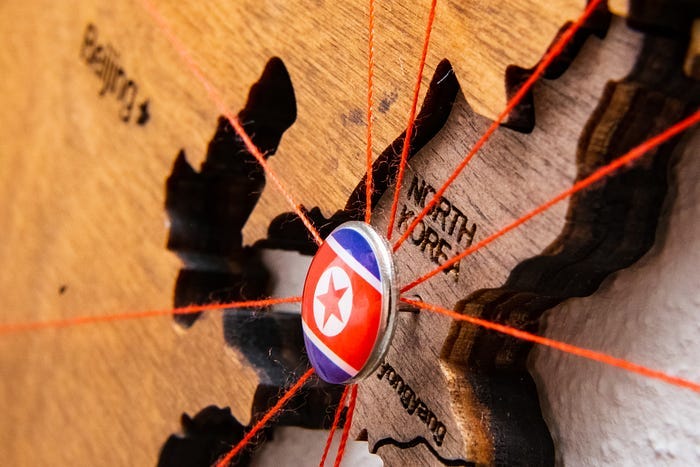North Korean Troops in Ukraine Hit 1,000 Casualties
When we started 2024, I didn’t see North Korean troops exchanging gunfire with Ukrainian forces in my crystal ball. Weapons and equipment, sure. But troops?
North Korea’s military, long the iron fist keeping Kim Jong-un’s totalitarian regime firmly in place, has made a surprise appearance in Kursk this year.
Keep reading with a 7-day free trial
Subscribe to Eyes Only with Wes O'Donnell to keep reading this post and get 7 days of free access to the full post archives.



